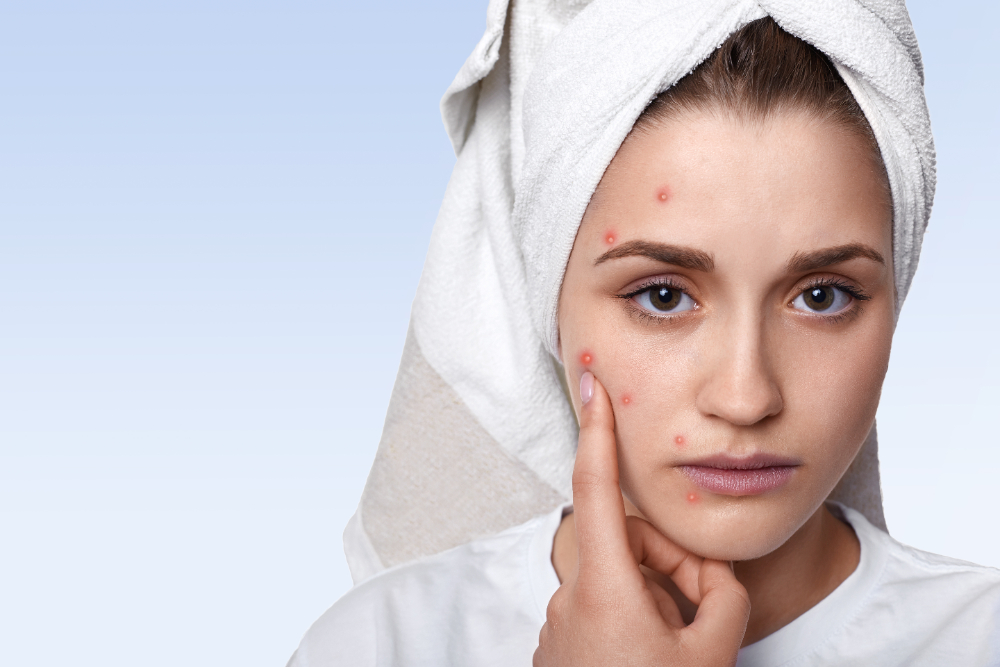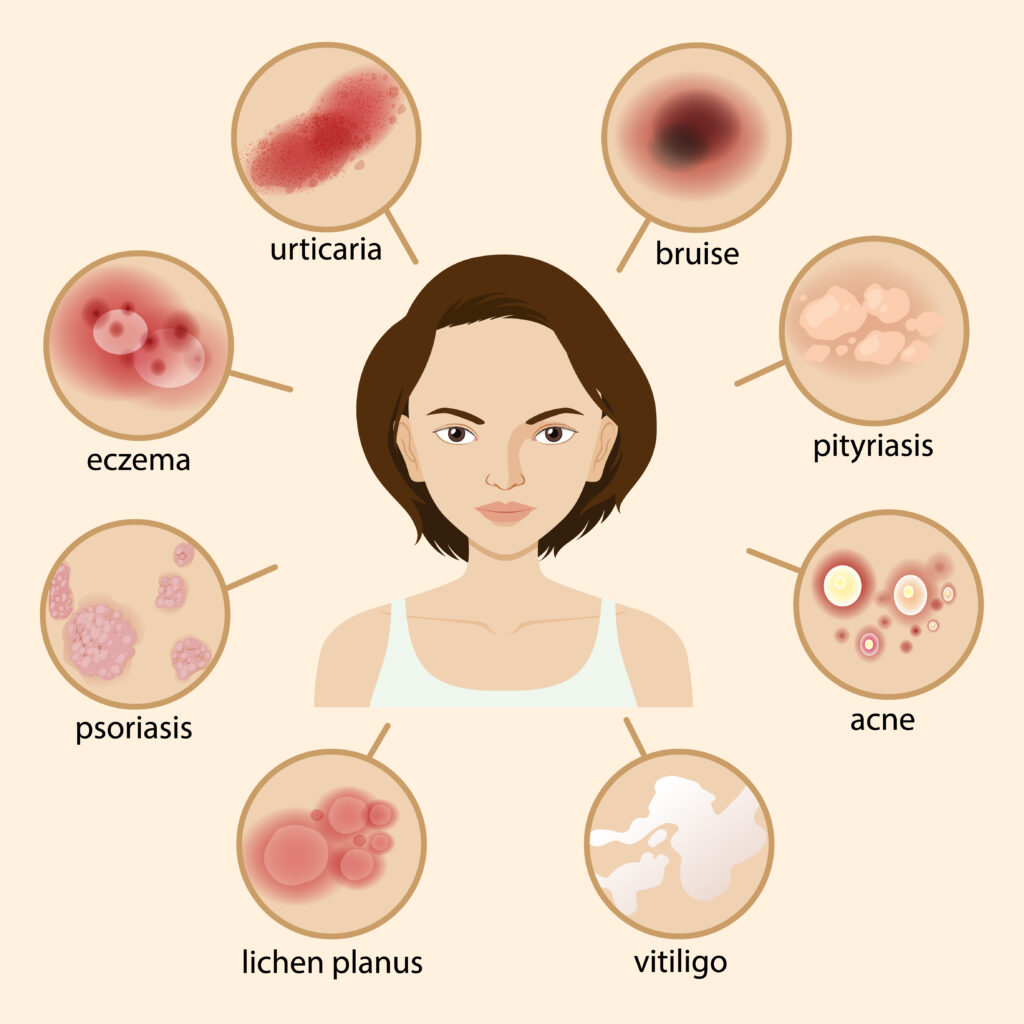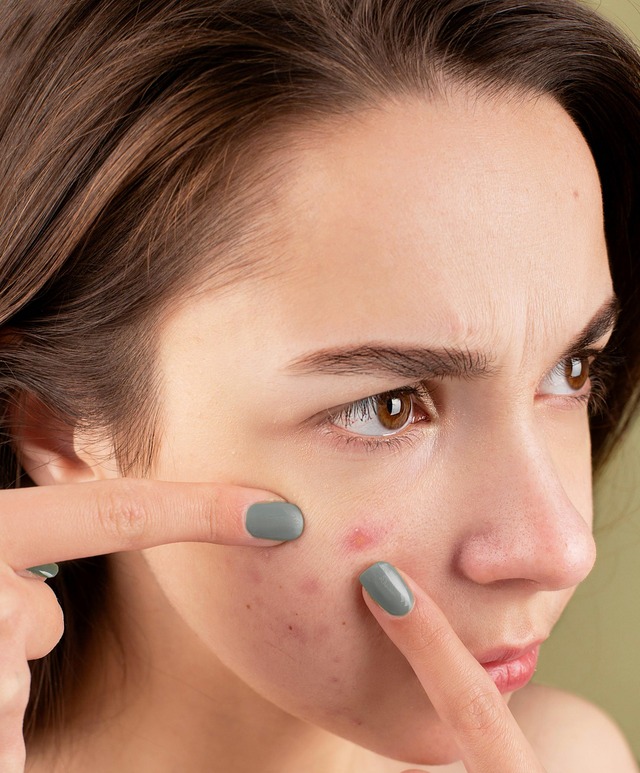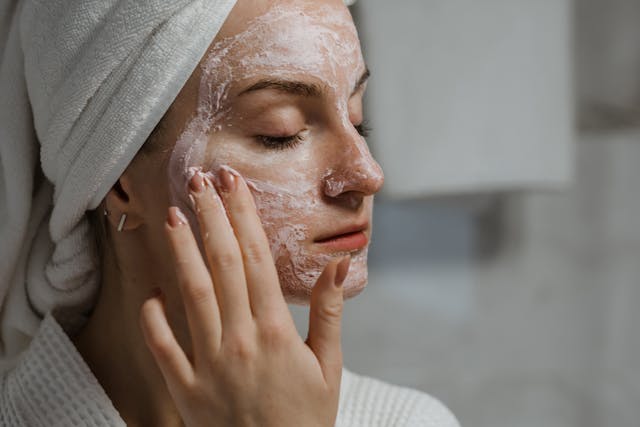Introduction
Skin conditions and diseases are influenced by a complex interplay of internal and external factors. Whether you’re managing a chronic skin disease or assessing temporary skin conditions, understanding these triggers is the first step to effective care. This guide explores how dermatologists evaluate skin assessment factors like aging, sensitivity, and ethnicity to diagnose and treat skin issues.
Skin care products should be selected to suit the skin type and address the skin condition. Dermatologists and other skin care experts determine a person’s skin type and condition by measuring the following factors.

Identifying Skin Diseases and Chronic Conditions
Beyond temporary skin conditions, persistent issues like eczema, psoriasis, or rosacea require a specialized assessment of the skin. Key signs include:
Inflammation or scaling (common in skin diseases)
Abnormal pigmentation
Recurring rashes
Early skin assessment by a dermatologist can prevent progression
Signs Of Aging
Our skin type can evolve throughout life. Teenagers with an oily skin type may find that their skin becomes dry after puberty, while people with a normal skin type find that their skin becomes drier as they age.
While wrinkles are natural, sudden changes in texture may signal underlying skin conditions that require a professional skin assessment. Knowing and measuring these signs of aging helps determine the condition of the skin.
Skin Color
Color and ethnicity influence the skin’s response to external forces, such as the sun, pigmentation disorders, irritation, and inflammation. The basic skin color is determined by the density of the epidermis and the distribution of melanin. Read more at cutaneous ethnicity.
Skin erythema is also a useful measure of skin condition; it indicates the efficiency of our circulation and can be used to identify processes such as couperose and rosacea.
Skin sensitivity

Dry skin is easily irritated by different factors, which are generally tolerated by the skin in good balance, such as certain skin care products or high or low temperatures. Chronic sensitivity may indicate skin diseases like contact dermatitis. Track triggers and consult a dermatologist for a full skin assessment.
It occurs when the skin’s natural barrier function is compromised, resulting in water loss and the entry of irritants. Symptoms are exacerbated by factors to which facial skin is most exposed, from the sun to certain ingredients in cosmetics and cleansing agents.
Sebum And Sweat Production
The amount of sebum produced by the sebaceous glands in the skin controls the effectiveness of the skin barrier function and, consequently, the condition of the skin. Overproduction of sebum can lead to oily, acne-prone skin, while low sebum production causes dry skin.
Sweat glands in the skin produce sweat to help the body maintain its optimal temperature. Excessive or low sweat production can influence the condition of the skin.

Natural Moisturizing Factors (NMFs)
Naturally present in healthy skin, NMFs, like amino acids, help fix water within the skin, maintain its elasticity and flexibility, and prevent it from becoming dehydrated. When the skin’s protective barrier is damaged, it is often unable to retain these essential NMFs. The consequence is that the moisture of the skin decreases and the condition is affected.
Nationality
Race and nationality significantly influence skin condition. It is common for Nordics to be white, Africans to be black, and Orientals to be yellowish. Likewise, it is important to consider the degree of sun exposure and the subject’s work activity to evaluate the normal color of the skin. The temperature under normal conditions, should be the same throughout the skin. It may be increased after exercise, due to the greater circulatory supply.
Collagen
This protein is found naturally in the body , especially in muscles, bones, tendons, ligaments, blood vessels, intestinal lining and different organs including the skin. However, it is lost due to two main factors: an inadequate diet and the passage of time, starting in the second decade of life.
Visible signs of collagen loss are wrinkles, stiff tendons, decreased muscle mass, and joint pain. With an in-depth analysis of facial skin, dermatologists can predict loss of firmness and the formation of premature wrinkles

Conclusion
Your skin’s condition is shaped by a myriad of factors such as climate, pollution, stress, hereditary influences, and the products you use. By assessing signs of aging, skin color, sensitivity, sebum and sweat production, natural moisturizing factors, nationality, and collagen levels.
Whether you’re managing temporary skin conditions or chronic skin diseases, regular observation and professional skin assessment are key to early detection and effective treatment. You can craft a skincare routine that’s perfectly suited to your needs.
FAQ: Skin Conditions, Diseases & Assessment
1. What’s the difference between a skin condition and a skin disease?
Skin conditions are temporary issues like dryness or acne, while skin diseases are chronic disorders (eczema, psoriasis). Both require proper skin assessment for accurate diagnosis.
2. How often should I get a professional skin assessment?
Annual check-ups are recommended, but schedule immediate skin assessment if you notice:
Sudden changes in moles
Persistent rashes
Unexplained scaling or inflammation
3. Can stress cause skin conditions to worsen?
Yes. Stress triggers flare-ups in many skin diseases like rosacea and eczema by compromising your skin’s barrier function.
4. What’s included in a dermatological skin assessment?
A thorough evaluation checks:
Texture and hydration levels
Sebum production
Signs of aging or sun damage
Potential skin diseases
5. Are skin conditions hereditary?
Some skin diseases (like psoriasis) have genetic links, but environmental factors often determine severity. Track family history during skin assessments.


